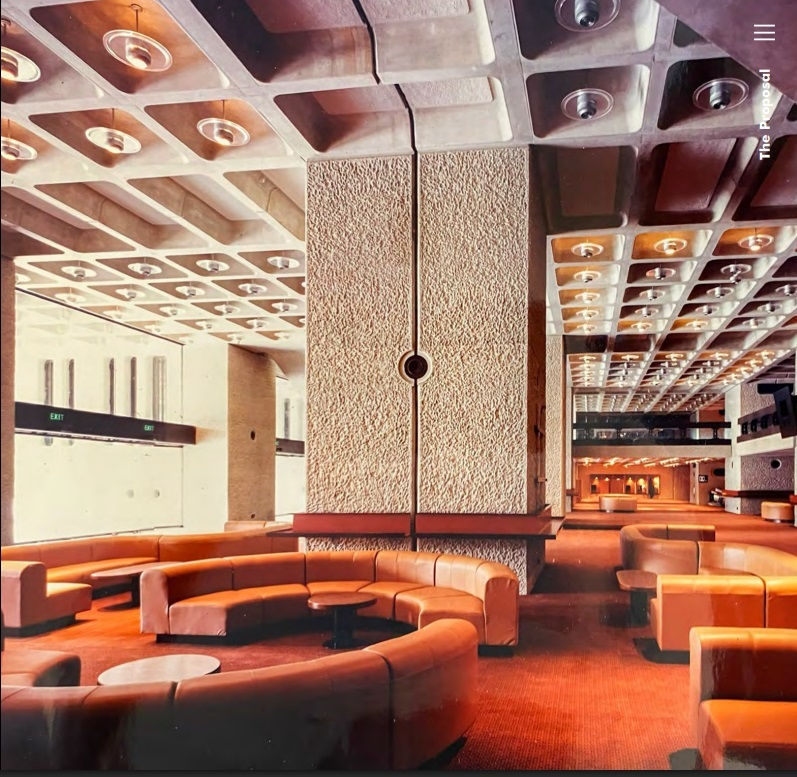Ill manors
- Chris Rogers

- Feb 27, 2022
- 3 min read
Updated: Feb 28, 2022
A sunny Sunday is a good time to leaf/click through the property supplement/website of your choice, indulging in the fantasy of buying or even building an extravagant house. A prime – and I use the word advisedly – example this week was architect Robert Adam’s designs for an eleven-bedroom Neo-Palladian mansion in Oxfordshire with the usual underground garage, ballroom and private museum, the whole set in a sixty acre country estate of your very own and so a steal at £20 million. But the project exists only in a computer even after more than twenty years’ work, and a little digging reveals previous attempts by other architects to build on the same site. Over the centuries similar grand designs have actually managed to emerge from the English landscape, only to be left as uninhabited shells after sickness, penury and more took their toll. Three examples suffice to suggest caveat aedificator.

Four hundred years ago construction began on Lyveden New Bield in Northampton, a lavish summer house for catholic landowner Sir Thomas Tresham. He lived in a vast mansion nearby and had already built a lodge but this new construction was intended to be more personal. A place where Tresham could relax from the pressures of running his estate as well as living in fear of persecution for his religion, it was planned in the form of a Greek cross and featured symbols related to his beliefs including the IHS christogram. A walk would connect it with the main house and lead visitors through elaborate gardens. Linked to the Gunpowder Plot, Tresham was imprisoned and died of natural causes before Lyveden New Bield could be completed or even roofed. It is now operated by the National Trust.

New money arrived in Gloucestershire in 1845 when shipping magnate William Leigh bought Woodchester Park and promptly demolished the existing house, where the previous owners had lived since the seventeenth century. He later commissioned Benjamin Bucknall to build a replacement in the fashionable Gothic Revival style, elaborately decorated and with carvings inspired by the plants in the surrounding valley and animal life. Although Leigh managed to get further than Tresham, the work took more than fifteen years and lack of money eventually caused it to stop completely. Craftsmen and contractors walked away, leaving the house with missing walls, no plaster on those that had been erected and no glass in its windows. Never occupied, Woodchester today is marketed as a museum of and test bed for Victorian workmanship and features on tonight's edition of the BBC's Countryfile.

In Sussex, notorious property ‘tycoon’ Nicholas Van Hoogstraten (pictured top) has been building Hamilton Palace for decades. Intended to house his art collection and – ultimately – his remains via a lakeside pavilion designed as a mausoleum, work began in 1985 but little progress has been made for the past twenty years. Law suits and related problems seem to be the barrier; press reports dwell on these, in the context of Van Hoogstraten’s colourful life, criminal past and bullish pronouncements (“The point of making money is not to spend it!” he has said; “You ask anybody that's made any money. Why should you spend it when that money could make more money?”). No-one has ever lived in the house and given Van Hoogstraten has emigrated it seems unlikely they ever will. Whether anyone will ever be buried there is perhaps another question.

The house thus joins its fellow abandoned abodes as a monument of another kind, to hubris and waste and dreams that struggle to come true.



By an amazing co-incidence, since I wasn't aware when I wrote this, Woodchester Park appears on Countryfile tonight! Link added to the post.